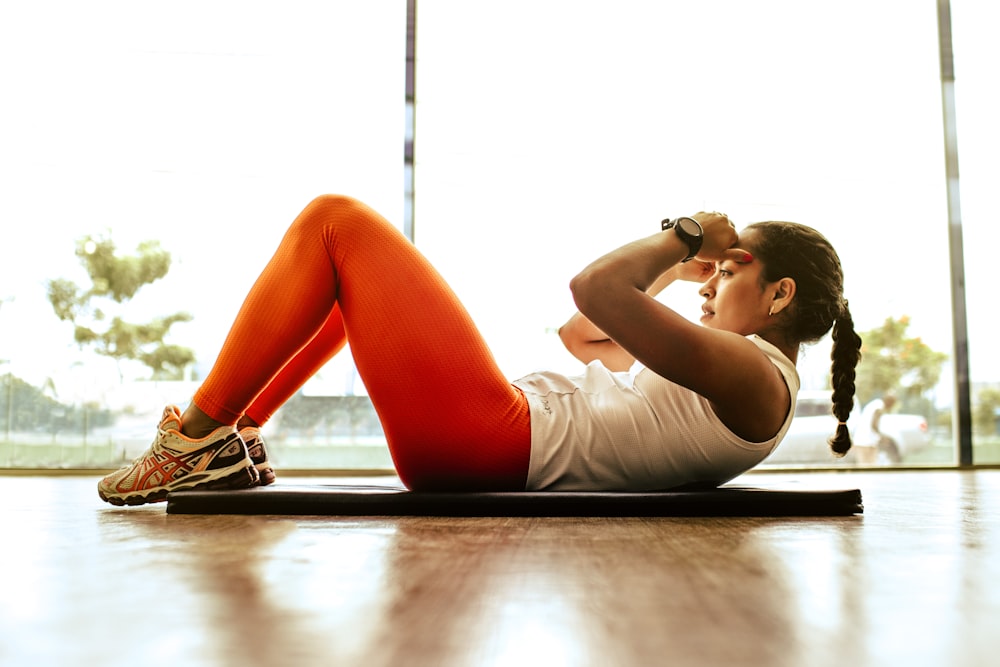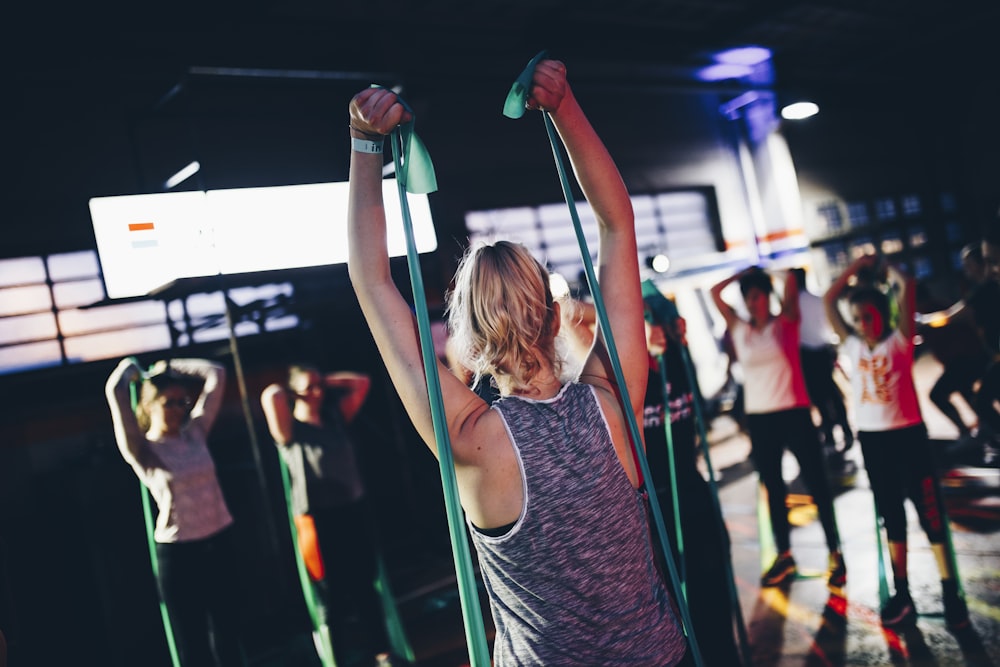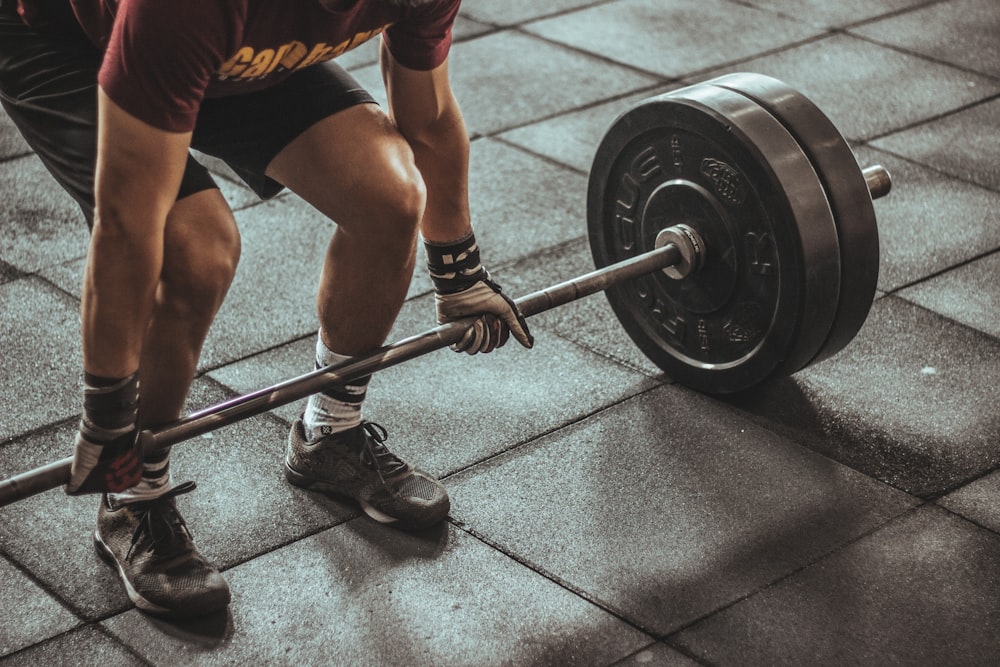Effective Tips for Maintaining Consistent Nutrition Habits
Key Strategies for Staying Consistent with Nutrition
Understanding the Importance of Consistency
Consistency is the cornerstone of success in any aspect of life, including nutrition. Consistently making healthy food choices can have a profound impact on your overall health and well-being. It’s not just about what you eat occasionally but about the patterns you establish and maintain over time.
Setting Clear Goals and Objectives
One of the first steps in staying consistent with nutrition is setting clear and achievable goals. Identify what you want to achieve with your nutrition, whether it’s weight loss, improved energy levels, or better overall health. Having specific goals helps you stay focused and motivated.
Planning and Preparation
Effective planning and preparation are essential for maintaining consistency with nutrition. Plan your meals and snacks in advance, make grocery lists, and prep ingredients ahead of time. This way, you’ll be less likely to reach for unhealthy options when hunger strikes.
Building Healthy Habits
Consistency in nutrition is all about building healthy habits that become second nature. Start by incorporating small changes into your daily routine, such as adding more fruits and vegetables to your meals or opting for whole grains instead of refined carbs. Over time, these habits will become ingrained.
Mindful Eating Practices
Practicing mindful eating can help you stay consistent with nutrition by encouraging awareness of what, when, and why you eat. Pay attention to hunger and fullness cues, savor each bite, and minimize distractions during meals. This mindful approach can prevent overeating and promote healthier choices.
Creating a Supportive Environment
Surround yourself with a supportive environment that encourages healthy eating habits. This could mean keeping nutritious foods readily available at home, joining a cooking class or nutrition workshop, or finding a buddy to share your wellness journey with. Support from others can make staying consistent much easier.
Managing Stress and Emotions
Emotional eating and stress can derail even the best intentions for consistent nutrition. Learn healthy coping mechanisms for managing stress, such as exercise, meditation, or engaging in hobbies you enjoy. Find ways to address emotional triggers without turning to food for comfort.
Monitoring Progress and Adjusting
Regularly monitor your progress toward your nutrition goals and be willing to make adjustments as needed. Keep track of what you eat, how you feel, and any challenges you encounter. Use this information to tweak your approach and stay on course.
Seeking Professional Guidance
If you’re struggling to stay consistent with nutrition, consider seeking guidance from a registered dietitian or nutritionist. These professionals can provide personalized advice, help you set realistic goals, and offer strategies for overcoming obstacles.
Practicing Self-Compassion
Lastly, remember to practice self-compassion on your nutrition journey. Perfection is not the goal, and slip-ups are a normal part of the process. Instead of being too hard on yourself, acknowledge your efforts and celebrate small victories along the way.
Embracing Consistency for Long-Term Success
Consistency in nutrition is not about strict diets or deprivation but about creating sustainable habits that support your health and well-being. By
























































